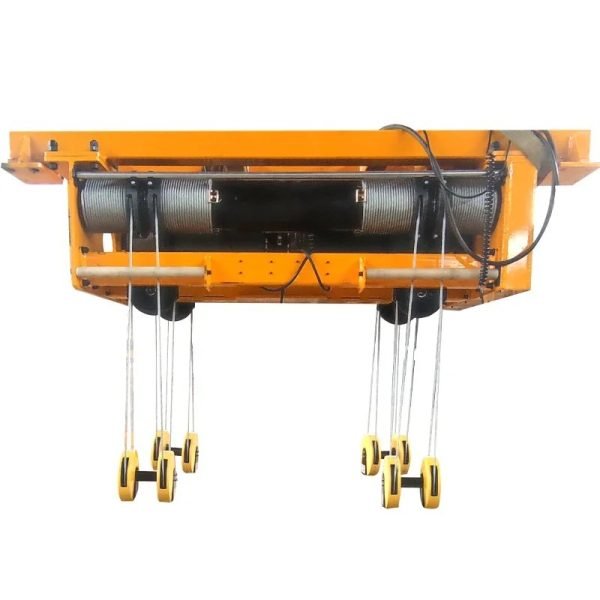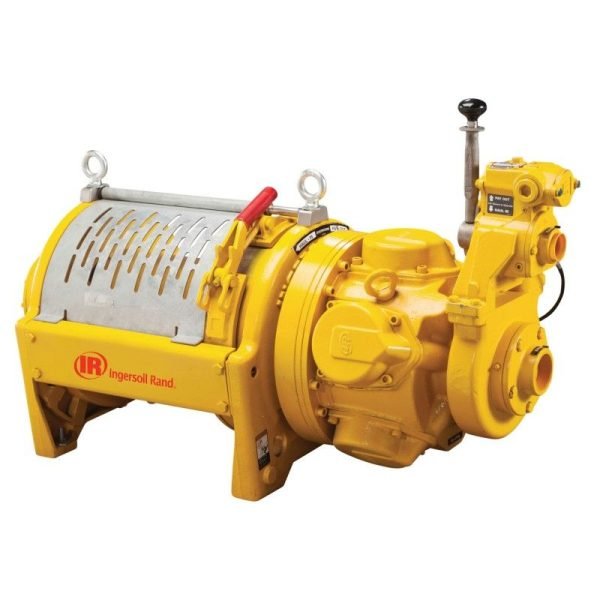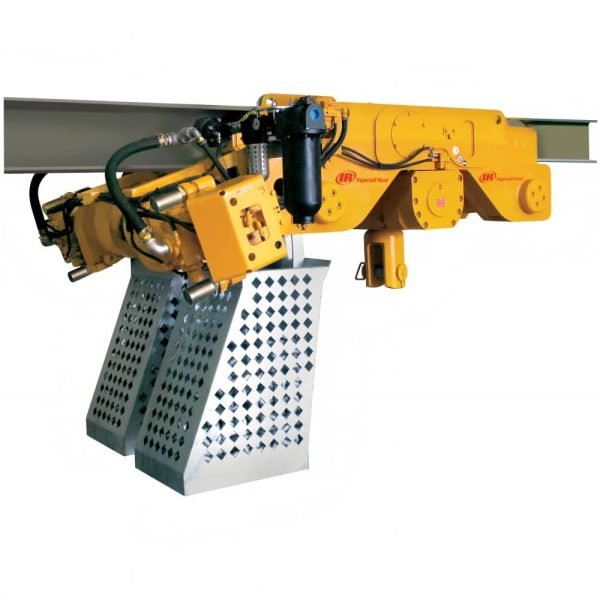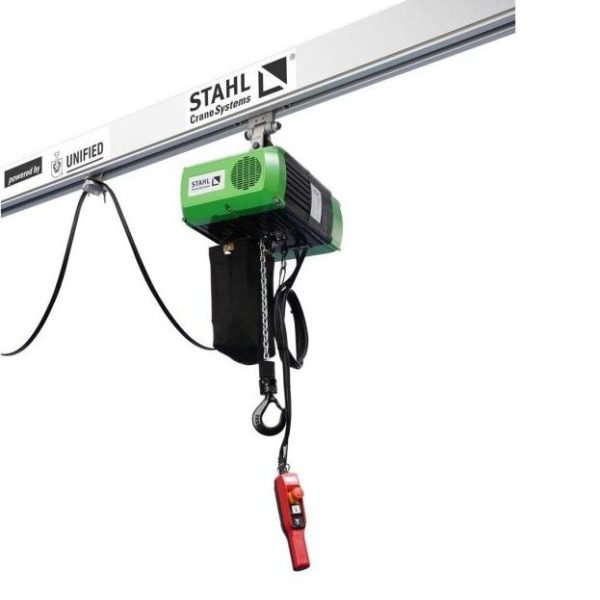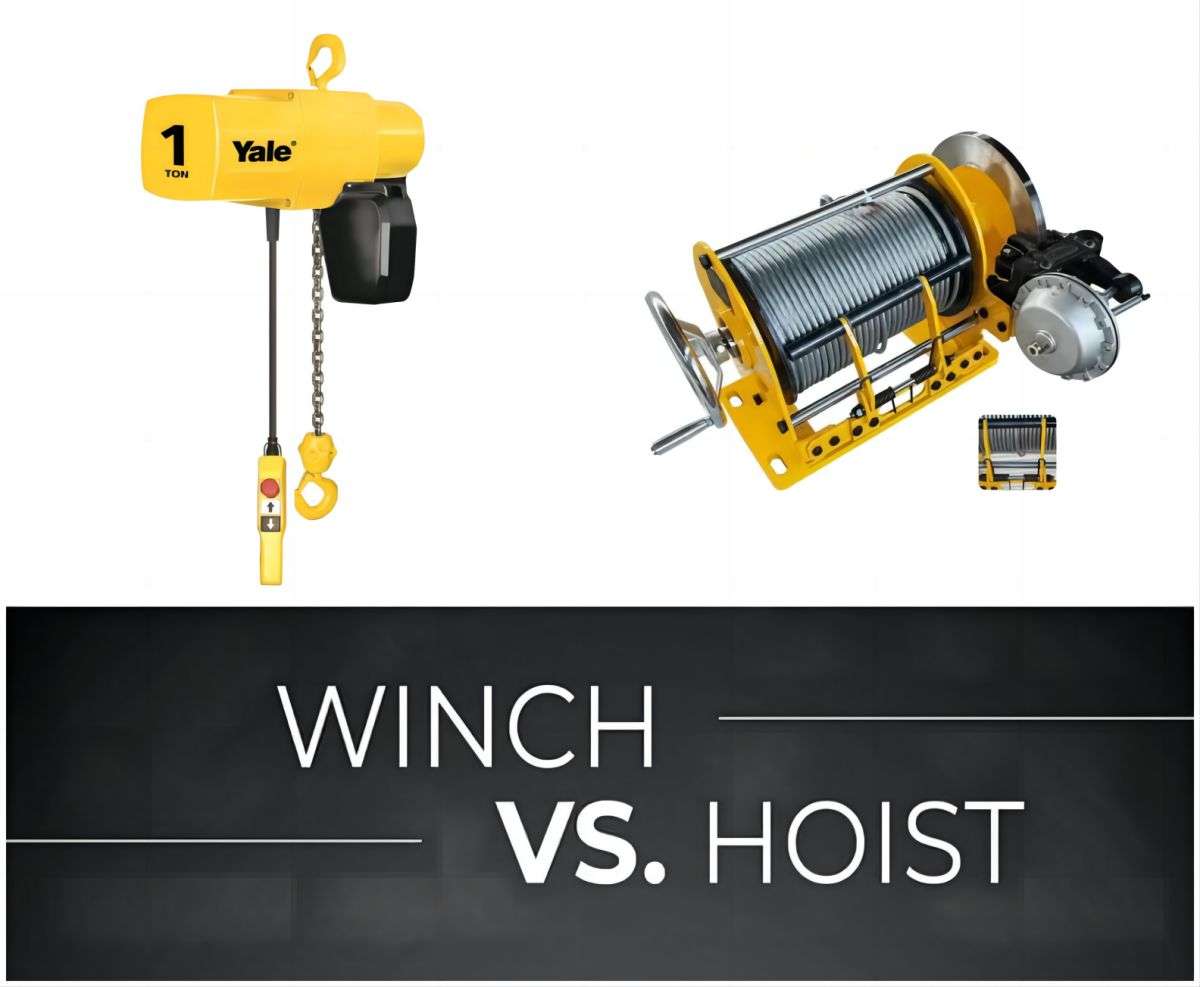
When selecting the right equipment for lifting, pulling, or positioning loads, the terms “winch” and “hoist” are often used interchangeably. However, understanding the fundamental differences between these two devices is crucial for choosing the appropriate tool for your specific application. In this detailed guide, we explore the distinctions between winches and hoists, their unique features, and how to determine which one best suits your operational needs.
What is a Winch?
A winch is a device used primarily for pulling or dragging loads horizontally over a surface. It consists of a drum that winds a cable, rope, or chain, driven by a motor or manual crank. Winches are commonly used in various industries, including construction, marine, and automotive, for tasks such as vehicle recovery, towing, and positioning heavy materials.
Key Features of Winches:
- Horizontal Pulling: Winches are designed to exert force horizontally, making them ideal for dragging or pulling loads along a surface.
- Multiple Power Sources: Winches can be powered by electricity, hydraulics, pneumatics, or manually, offering versatility for different applications.
- Variable Speed Control: Many winches offer variable speed settings, allowing for precise control over the pulling operation.
What is a Hoist?
A hoist, on the other hand, is specifically designed for lifting and lowering loads vertically. It is equipped with a drum or wheel that winds a cable or chain, raising or lowering the load. Hoists are commonly used in industrial settings, such as warehouses, factories, and construction sites, for lifting heavy materials to different heights.
Key Features of Hoists:
- Vertical Lifting: Hoists are designed to lift loads straight up and down, making them ideal for applications where elevation is required.
- Load-Specific Design: Hoists are often equipped with safety features such as brakes and overload protection, ensuring the safe lifting of heavy objects.
- Motorized and Manual Options: Hoists can be powered by electric, hydraulic, or pneumatic motors, as well as manual mechanisms for lighter loads.
Differences Between Winches and Hoists
While winches and hoists may appear similar, their differences lie in their intended use, design, and operational capabilities. Understanding these differences is key to selecting the right equipment for your needs.
1. Purpose and Application
- Winch: Primarily used for pulling or dragging loads horizontally. Suitable for applications such as vehicle recovery, towing, and positioning heavy equipment.
- Hoist: Specifically designed for lifting and lowering loads vertically. Commonly used in industries that require heavy materials to be elevated to different heights.
2. Direction of Force
- Winch: Exerts force in a horizontal direction, making it ideal for pulling loads along a flat or inclined surface.
- Hoist: Exerts force vertically, lifting loads straight up or down.
3. Power and Capacity
- Winch: Typically available in a wide range of power sources, including electric, hydraulic, and manual. Winches can handle various load capacities, but they are generally not designed for lifting heavy loads vertically.
- Hoist: Designed with vertical lifting in mind, hoists are built to handle heavier loads, often equipped with powerful motors and safety mechanisms to ensure stability during lifting operations.
4. Safety Mechanisms
- Winch: While winches may have basic safety features such as brakes, they are not typically equipped with the extensive safety mechanisms found in hoists. This is because winches are not intended for lifting loads vertically, where safety is more critical.
- Hoist: Hoists come with advanced safety features, including brakes, overload protection, and emergency stop functions, making them safer for lifting heavy loads.
When to Use a Winch
A winch is your go-to tool when you need to pull or drag a load horizontally. Common scenarios where a winch is ideal include:
- Vehicle Recovery: Pulling a stuck vehicle out of mud, sand, or snow.
- Towing: Dragging heavy objects, such as boats or trailers, over a flat surface.
- Material Positioning: Moving heavy materials or equipment into position on a construction site or in a workshop.
When to Use a Hoist
A hoist is the preferred tool for lifting and lowering loads vertically. Situations where a hoist is essential incl
- Warehouse Operations: Lifting pallets or heavy boxes to different storage levels.
- Construction Sites: Elevating materials such as steel beams, concrete blocks, or other heavy building components.
- Manufacturing: Moving heavy machinery or components within a factory setting.
Diagram: Winch vs. Hoist Functional Differencesude:

How KRC Can Help
Now that the distinction between a winch and a hoist is clear, you might be eager to acquire one for your enterprise. At KRC, we take immense pride in offering premier winches and hoists, tailored for a myriad of industries and applications. From inception to completion, our team stands ready to provide unparalleled support, ensuring your unique requirements are met with precision. As our Senior Application Engineer, CarolDuan, elaborates, “Our initial step involves discerning the nature of our client’s venue. Is it for entertainment or industrial purposes? If the scenario entails lifting above people, we engage our specialized theatre team for a thorough evaluation and assistance.” Reach out to us today to embark on your journey!
